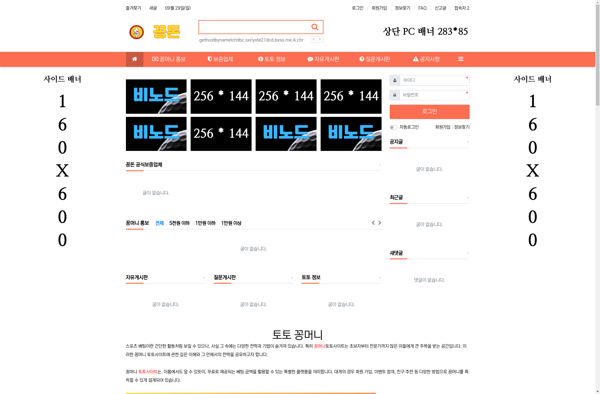Description: Retest is an open-source test automation tool for regression testing web and mobile applications. It supports multiple browsers and devices for cross-browser testing and provides easy test recording, editing, maintenance and debugging.
Type: Open Source Test Automation Framework
Founded: 2011
Primary Use: Mobile app testing automation
Supported Platforms: iOS, Android, Windows
Description: XLT - Xceptance LoadTest is an open-source load and performance testing tool. It allows you to simulate hundreds or thousands of concurrent users to test the performance and scalability of web applications under heavy load.
Type: Cloud-based Test Automation Platform
Founded: 2015
Primary Use: Web, mobile, and API testing
Supported Platforms: Web, iOS, Android, API

